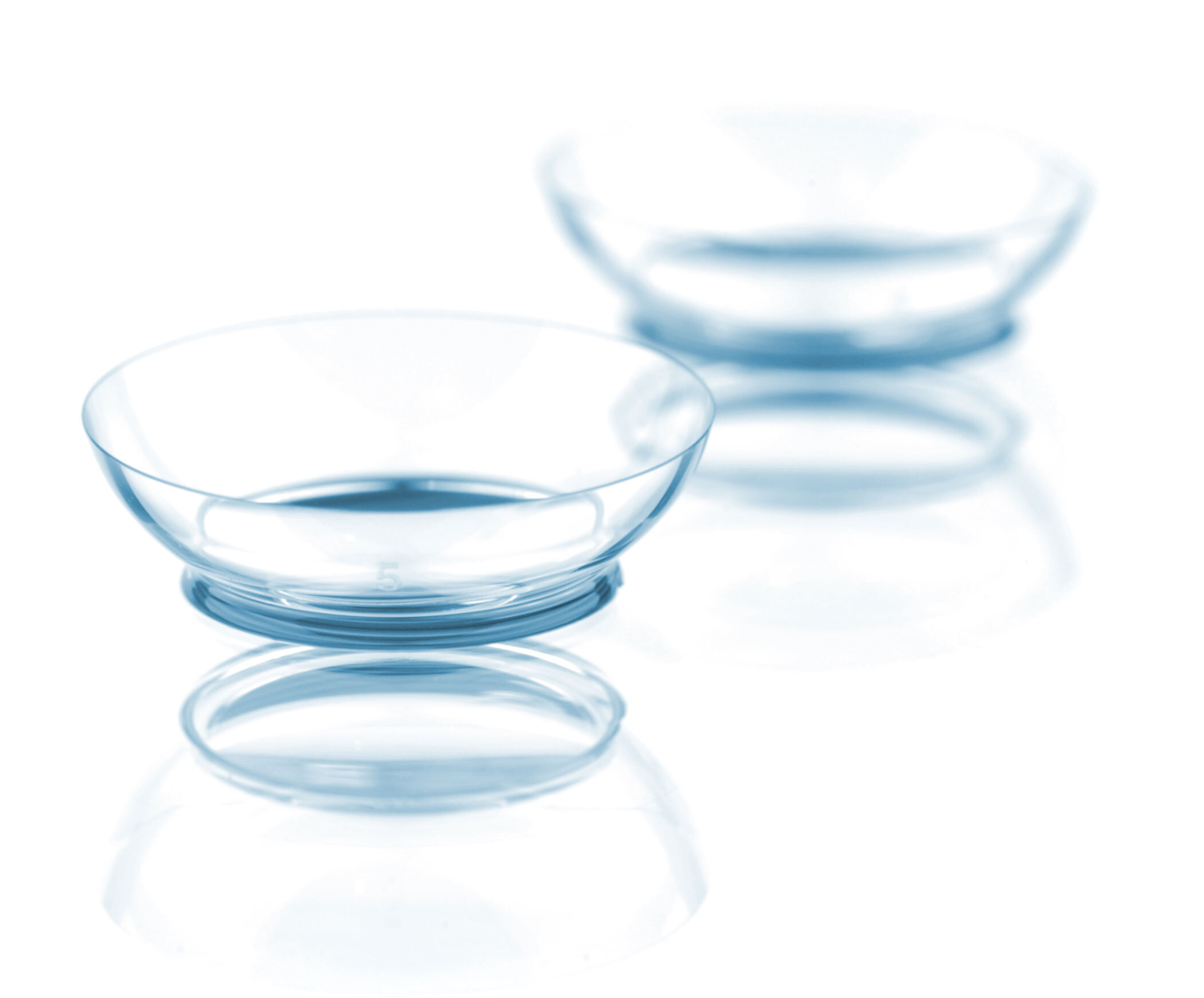Further development of traditional surface treatments, scientific publications about the transepithelial ”no-touch“ technique since 2011 as well as critical comments and articles about the LASIK procedure have contributed to the increasing popularity of SmartSurfACE among doctors and patients. The advantages are obvious: a stress- and touch-free treatment method with excellent post¬operative surface quality marked with fast healing and visus recovery. The laser technology used plays a large role in attainment of very good results. Preoperative, intraoperative and postoperative differences through procedure and medication, however, can also influence the healing process and visual recovery. The decision for a suitable contact lens as a bandage lens also contributes to success.
There is a wide selection of contact lenses on the market, but not every contact lens is suitable for use in corneal refractive surgery. Here you will find an overview of which contact lenses are suited as bandage lenses – for continuous wear of up to six or more days/nights. The selection in the table below is based on feedback from SCHWIND users and scientific publications.
A list of Silicone Hydrogel Contact Lenses
Further advantages include the good wettability properties, with an high wear comfort through continual exchange of tear moisture and improved metabolism on the eye. Amongst the companies listed in the table, Johnson&Johnson is the only provider offering contact lenses with sufficient UVA and UVB protection. Nonetheless, it is still recommended to wear additional sunglasses – especially after surface ablation treatment.
1 Ophthalmol Clin North Am. 2003 Sep;16(3):455-61. Therapeutic contact lenses: the role of high-Dk lenses. Foulks GN1, Harvey T, Raj CV.
2 Invest Ophthalmol Vis Sci. 1984 Oct;25(10):1161-7. Critical oxygen levels to avoid corneal edema for daily and extended wear contact lenses. Holden BA, Mertz GW.
3 Eye Contact Lens. 2005 Nov;31(6):247-51. A review of the Holden-Mertz criteria for critical oxygen transmission. Fonn D, Bruce AS.
4 J Biomed Mater Res B Appl Biomater. 2010 Feb;92(2): 361-5. Central and peripheral oxygen transmissibili-ty thresholds to avoid corneal swelling during open eye soft contact lens wear. Morgan PB, Brennan NA, Maldonado-Codina C, Quhill W, Rashid K, Efron N.
5 Invest Ophthalmol Vis Sci. 2006 Apr;47(4):1319-28. Tear film, contact lens, and patient-related factors associated with contact lens-related dry eye. Nichols JJ, Sinnott LT
6 Korean J Ophthalmol. 2007 Jun;21(2):85-9. Effect of base curve radius of therapeutic lenses on epithelial healing after laser-assisted subepithelial keratectomy. Seo JH, Wee WR, Lee JH, Kim MK.

